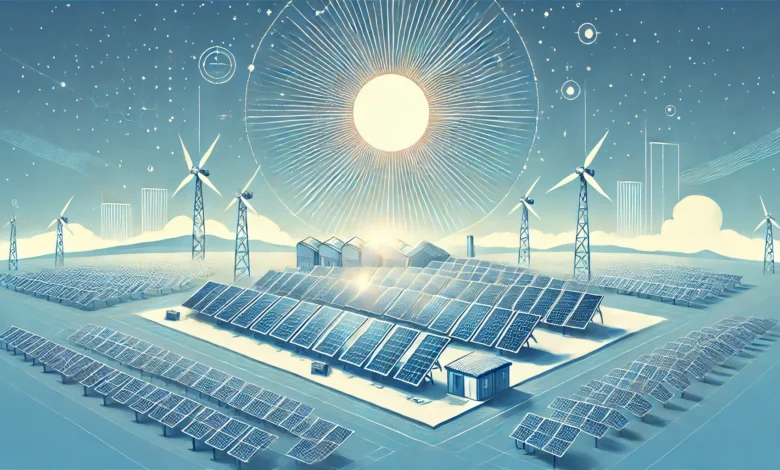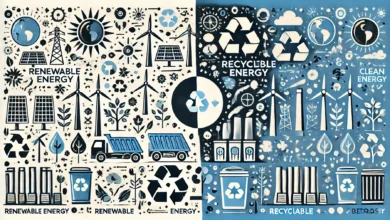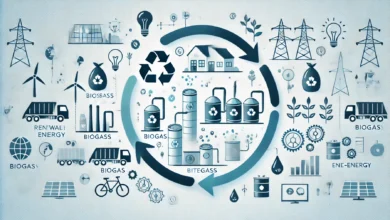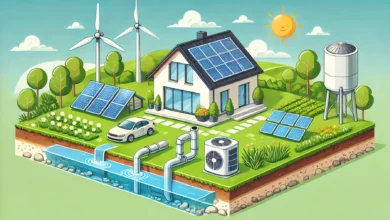What is a Solar Tracker and Is It Worth the Investment?

As solar panel efficiencies continue to improve, the solar tracker is a new element which is drawing interest from many. The question that’s being posed by a lot of homeowners and businesses alike as 2025 approaches will be simple: should I invest in a solar tracker?
Contents
- 1 What is a Solar Tracker?
- 2 Types of Solar Trackers
- 3 How Does a Solar Tracker Work?
- 4 Fixed vs Solar Tracker
- 5 Energy Gains and Efficiency of Solar Trackers
- 6 Cost of Solar Trackers in 2025
- 7 Pros and Cons of Solar Trackers
- 8 Is a Solar Tracker Worth It for Residential Applications?
- 9 Is a Solar Tracker Worth It for Commercial Projects?
- 10 Considerations When Acquiring a Solar Tracker
- 11 Best Locations for Solar Trackers
- 12 Trends in 2025 for Solar Tracking Technologies
- 13 Frequently Asked Questions (FAQ)
- 13.1 How much more energy and production can you gain from a solar tracker?
- 13.2 Does a solar tracker require maintenance?
- 13.3 Are dual-axis trackers much better than single-axis systems?
- 13.4 Should I consider a tracker for my rooftop solar system?
- 13.5 How do I decide between fixed panels and solar trackers?
What is a Solar Tracker?
A solar tracker is a device designed to enable solar panels to be positioned so that they follow the sun as it moves across the sky. Many fixed solar panel systems that are optimized at install-time and then do not change based on orientation and location on the earth; many solar trackers can vary the orientation of the panels continuously to maximize solar energy absorption and output throughout the day.
Types of Solar Trackers
- Single-Axis Solar Trackers – A single-axis tracker will rotate along a single axis, usually, a north/south axis, allowing the panels to tilt east to west following the sun’s journey from east to west throughout the day. These are relatively inexpensive and produce a decent energy bump as they are also a reasonable level of operational complexity.
- Dual-Axis Solar Trackers – Generally a dual-axis solar tracking system will allow solar panels to be positioned on two axes, horizontally and vertically, therefore a solar tracker can pretty much follow the sun as it moves. While dual-axis trackers will usually give some larger solar energy absorption gains, they are also considerably more expensive and require some additional maintenance effort.
How Does a Solar Tracker Work?
Typically solar trackers use motors, sensors and controllers to position the solar panel to the sun. Some systems use real-time sensors while others use pre-programmed algorithms to maximize solar exposure.
Fixed vs Solar Tracker
| Comparison | Fixed Solar Panel Structures | Solar Tracker |
|---|---|---|
| Installation Cost | Lower | Higher |
| Actual Energy Output | Standard | Higher (up to 25-35% more) |
| Maintenance | Minimal maintenance | Regular maintenance (moving parts) |
| Ideal for | Residential rooftops | Large or utility-scale projects |
Energy Gains and Efficiency of Solar Trackers
On average, single-axis trackers will increase energy production 20%-30% from fixed, while dual-axis systems may produce upwards of 35% more energy from fixed arrays. Especially in sunny regions, this advantage becomes even more pronounced.
Cost of Solar Trackers in 2025
In 2025, single-axis tracker systems are estimated to add $0.10–$0.20/watt to installation costs, while dual-axis tracker systems may add $0.20–$0.40/watt depending on the project scope and conditions.
Pros and Cons of Solar Trackers
- Pros: Higher energy production, better land usage, improved long-term yield.
- Cons: Higher upfront costs, increased maintenance requirements, less ideal for rooftop systems.
Is a Solar Tracker Worth It for Residential Applications?
For typical residential rooftop setups, it’s generally better to opt for fixed solar panels. If considering ground-mount setups on large properties, however, a single-axis tracker might be worth it, especially in high sun-exposure areas.
Is a Solar Tracker Worth It for Commercial Projects?
In commercial and utility-scale settings, solar trackers often justify the additional costs with superior energy output, making them a smart choice for businesses seeking maximum return.
Considerations When Acquiring a Solar Tracker
- Site suitability: High sun exposure is key.
- Project scale: Larger projects benefit more from trackers.
- Maintenance capacity: Some upkeep required.
- Financial ROI: Weigh the upfront investment carefully.
Best Locations for Solar Trackers
States like Arizona, Texas, Nevada, and California are prime areas where solar trackers thrive thanks to high Direct Normal Irradiance (DNI) values.
Trends in 2025 for Solar Tracking Technologies
- AI-powered solar trackers adapting dynamically to weather conditions.
- Wireless, remote-controlled solar tracker systems improving efficiency.
- Better integration with energy storage systems using series or parallel battery connection setups.
- Advanced tracking algorithms for optimal energy capture.
Frequently Asked Questions (FAQ)
How much more energy and production can you gain from a solar tracker?
A single-axis tracker can provide 20-30% more energy, while a dual-axis tracker can boost production by up to 35% compared to fixed panels.
Does a solar tracker require maintenance?
Yes, maintenance includes checking motors, lubricating moving parts, and monitoring software performance.
Are dual-axis trackers much better than single-axis systems?
Performance is better, but so is the cost. Single-axis often offers the best balance of performance versus price for most ground-mount setups.
Should I consider a tracker for my rooftop solar system?
No, rooftop fixed solar panel systems remain the best choice for most residential installations.
How do I decide between fixed panels and solar trackers?
Assess your site’s sun exposure, project size, maintenance capability, and financial goals. Generally, fixed panels are preferred for rooftops, while ground-mount systems with ample space benefit from trackers.
Solar trackers are an exciting technology, especially for large-scale solar projects aiming to maximize production. However, understanding your specific needs is key to deciding whether investing in a solar tracker will truly enhance your renewable energy project.



